|
Chickweed Stellaria media Greater Stitchwort S. holostea 'LITTLE STARS'- STELLARIA SPECIESQualities of Chickweed
Chickweed is part of the pink family which contains the species of stitchworts, pinks and campions. Beautiful flowers which are often on brittle stems relying on the grass to hold them up and yet they appear in abundance year after year undaunted by whatever is thrown at them. The chickweed therefore amongst its healing uses has a quality of gentleness. In our fast-paced often extrovert society it is gentleness that can caress and hold us steady, being gentle in an angry world takes great strength and relying on those around us as these plants rely on the grass enables us to experience our vulnerability and tenderness. I invite you as you explore our next plant to take off the cloak of protection and dare to feel gentleness and the support of your community. Shine with gentleness as though you too were a little star in the pink family. Latin : Stellaria Family: Caryophyllaceae History and/or use: Eat as a salad, helps skin irritations and swellings. Wildlife Value: Valuable seeds for birds. I am brittle-stemmed and slender, But the grass is my defender. On the banks where grass is long, I can stand erect and strong. All my mass of starry faces Looking up from wayside places, From the thick and tangled grass, Gives you greeting as you pass. Cicely Mary Barker The Stellaria genus are a selection of starry-faced flowers that brighten up our waysides. Stellaria means ‘little star’ and the white mass of flowers produced by these plants cannot fail to cheer you up unless you're too pre-occupied with calling them weeds and digging them up! If you have any medical conditions please check with a medical herbalist first before taking any plant and only harvest it if you are 100% sure what it is! Chickweed can be harvested as a pleasant salad crop or added to oil to make a superb ointment. This ointment made with olive oil and beeswax is a must for all those suffering with any skin complaint such as eczema and psoriasis. You can also use it for wounds as well as for swollen and inflamed tissues- a must for any home herbal kit! Chickweed drunk as a tea can help relief bronchitis, pleurisy and rheumatism. The leaves will help cleanse the system and the plant is especially good for swellings, sprains and mumps. Chickweed traditionally is a herb well known for its use as a poultice (a dressing for wounds) along with groundsel ( Senecio vulgaris- prized as a poultice since Saxon times!). Both herbs will help wash and soothe wounds when applied directly to them. Chickweed is an annual, a bright green lush plant growing on cultivated rich soils. A single line of hair (good ID point) runs the full length of the stem where it acts as a gulley to collect dew for times of drought. The name chickweed comes from the fact it can be used as food for chickens, goslings and other caged birds. The stitchworts which are related to chickweed are perennial and are more striking than chickweed as they grow more upright with larger flowers. As the name suggests they are an old remedy for stitches and other similar muscular pains. The latin word ‘holostea’ which is applied to greater stitchwort actually means ‘whole bone’ and the plant is brittle stemmed it may be interpreted as a cure for brittle bones according to the doctrine of signatures ( a very old belief system that a plant has signature – a way of displaying its medicinal use often through a physical characteristic). However there is no evidence to confirm this is true. Greater stitchwort’s Welsh name tells us its used as a herb for shingles. The plant is especially used for this complaint when mixed with wood sage and navelwort. If you would like to support our work and go even more deeply into Nature Connection please become a member and have exclusive access to our online course. Wishing you all well.
0 Comments
soul-making part 2- Daily RitualIt is likely, at one time the first action we carried out when we woke was to enliven the fire, connect to the deity of the land and make offerings. This ensured our day started with gratitude, love and kindness. This to me seems a beautiful way to start the day? Why should it remain a relic of our distant past?
In a Celtic fire ceremony we are using the tinders, wood, herbs and foods available to us in the immediate environment. This means we experience a world where food is not from the supermarket, medicine is not in pills, wildlife is not on farms and zoos and entertainment is not on a screen. Connecting with ancient tradition is not recreating a bygone past but feeling that excitement again for the trees, plants and animals of wild Britain and understanding our origins, a spirituality that makes us at the forefront of being caretakers of our world outside our own doorsteps. An exciting journey opens into the heart of the landscape and ultimately into the heart of our true nature. This ceremony can be recreated in your home by lighting a candle instead of a fire. When using a candle never leave it untended and make sure it is in a secure safe place where it will not be knocked over or cause any damage. Invocation of fire. ‘Through stone and metal I invoke the memory of earth. Through spark and cloth I invoke the fire of life . Through tinder and wood I set my heart ablaze . Through ember and ash I sustain the essence of life.’ The ceremony starts with an invocation of fire which represents the awakening of our soul, a spiritual connection to ourselves. We can then light the candle or a fire. When I conduct a fire ceremony the fire is lit with local tinders such as clematis and birch bark using a flint and steel. Traditional methods of lighting a fire connect us directly with the elements and the land. Once the fire is lit offerings can be made from the surrounding area, I use hazelnuts and nine sacred herbs. To make offerings is to feel that sense of giving back what we have received, and as our heart opens it instantly takes us into a more giving, generous place. In Christian tradition we pray, sing hymns and partake in the giving of bread and wine which are the key components of a blessing or thanksgiving ritual. In paganism we also have the opportunity to carry out this practice enabling us to start each day honouring ourselves, the earth and all life-forms. I feel this is just as important and relevant today as it has ever been. Imagine everyone going to work filled with gratitude and love for each other and all we receive from the world e.g. our food, drink, petrol, car, bicycle etc..... When you have this awareness you realise just how much you do have no matter how simple your life. Here is a suggested ritual from the Woodland Bard Course: “We bathe your palms In the showers of wine - the wine ( or a herbal drink if preferred) can be sipped. In the crook of the kindling, - the kindling can be briefly held. In the seven elements: The blessing of air- wave a feather gently around your head to receive the blessing of air. The blessing of fire- move your hands from the candle/fire to your head as if taking a shower of fire. ( do not touch the flame) The blessing of water- dip your fingers into a chalice/cauldron and sprinkle the water gently over your head. The blessing of earth- sprinkle ash or soil lightly on your palms and rub it in as a blessing of the earth. The blessing of wood- hold a wand in your hands briefly to take the essence of the element. The blessing of metal- hold a steel/knife in your hands briefly to take the essence of the element. The blessing of spirit- spend a moment in silence. In the sap of the tree, -hold fresh bark/ sap or offer to the fire/alter In the milk of honey, - eat or offer honey to the fire or alter. We place nine pure, choice gifts upon your clear beloved face: as each gift is spoken a gift of a hazelnut can be eaten or offered to the fire representing the nine hazel trees of Connla’sWell which bestow wisdom. The gift of form, The gift of voice, The gift of fortune, The gift of goodness, The gift of eminence, The gift of charity, The gift of integrity, The gift of true nobility, The gift of apt speech. Dark is yonder town, Dark are those within. You are the brown swan, Going within fearlessly. - visualise yourself as the brown swan going within fearlessly. Their hearts beneath your hand, Their tongues beneath your foot. No word will they utter to do you ill. You are a shade in the heat, You are a shelter in the cold, - really imagine embodying these qualities as you speak them individually with awareness. You are the eyes to the blind, You are a staff to the pilgrim, You are an island in the sea, You are a stronghold upon land, You are a well in the wasteland, You are healing to the sick. You are the luck of every joy, You are the light of the sun's beams, You are the door of lordly welcome, You are the pole star of guidance, You are the step of the roe of the height , You are the step of the white-faced mare, You are the grace of the swimming swan, You are the jewel in each mystery.” adapted from a Traditional Gaelic blessing sourced by Caitlin Matthews in her book Celtic Blessings. “You are wind of sea, You are ocean wave, - really visualise and become these aspects. You are roar of sea, You are bull of seven fights, You are vulture on cliff, You are dew-drop, You are fairest of flowers, You are bull for boldest, You are salmon in pool, You are lake in plain, You are a mountain in a man, You are a word of skill.” adapted from the book of the invasions of Ireland translation provided by Irish texts society. The ritual ends with a meditation, many blessings of peace for all people and all life-forms upon the earth. This one ceremony brings together so many aspects of connecting and working with nature and soul. It is an earthy practical spirituality which teaches us to live in harmony with the earth. For a more detailed exploration of Ritual you may wish to explore our Woodland Bard Course or Subscibe to our monthly Newsletter. Agrimony Agrimonia eupatoria Fragrant Agrimony Agrimonia procera
In June this plant’s upright bright yellow flowers brighten up field margins, road verges and hedgerows. The name Agrimony may be from the Greek word meaning ‘wild flower of the field’ or ‘spot on the eye’. The Latin ‘eupatoria’ may be connecting the plant to King Mithradates Eupator who resisted the roman conquest of Asia minor in the first century BC. Agrimony is a delightful plant that is a common sight on the chalk downland near where I live. Its flowers attract many insects seeking its nectar including bees. Its fruits will hook onto animal fur to aid distribution. I could not describe the plant better than Cicely Mary Barker in the following verse: Spikes of yellow flowers, all along the lane; When the petals vanish, burrs of red remain. First the spike of flowers, then the spike of burrs; Carry them like soldiers, smartly, little sirs! A plant that is well worth harvesting, it lifts the spirits making an invigorating tea for many complaints from aching joints and sore throats and as a good summer tonic. Please do not harvest without expert advice or help from a qualified herbalist. Agrimony is also an old remedy for poor sight, loss of memory, snake bite and liver complaints. It can also help with coughs, skin eruptions, cystitis and is soothing for the vocal chords taken as a stimulating tea. Fragrant agrimony is a larger more branched species with fragrant leaves which you will tend to find on more acid soils on woodland margins. Agrimony in folklore stands proud inviting us to let go of our guilt and shame, to speak up and connect with the elemental realms. Its stem is known as fairy's wand or fairy's rod so at the time of the Solstice who knows what magic it may weave! If you have enjoyed this article please feel free to sign up to our monthly newsletter packed with information on plants, trees and British Traditions HERE Elder Sambucus nigraElder Sambucus nigra (Latin) Ruis ( Ogham/Gaelic name) Ellaern (Saxon)
Folk names- Elle, Hyldemoer, Lady Ellhorn, Old Lady, Old Sal, Pipe tree and Bole tree. Qualities of Elder Ruis is Elder, redness of shame. Intensest of blushes, it is the reddening of a man’s face through the juice of the herb being rubbed on it. Arduous anger, punishment. Redness of faces. Book of Ballymote 1391 The Elder tree seems to be loved and hated in equal measure. Elder can be described as an unattractive weed- like shrub that spreads unwanted with smelly flowers that attracts flies. In other traditions Elder is feared as in Scandinavia and Denmark where the tree is known as Elle or Hyldemoer and is said to take revenge on all who harm trees. In Britain it is said witches take the form of the tree and cause much harm! Further sinister connotations include stunted growth for a child beaten with an Elder rod and even death to the family who bring it inside. However as with the blackthorn the tree also offers protection when hung on doors, windows and stables. A true witch or herbalist would know Elder as the mother of all herbs curing all ills with its delicate white flowers and black berries. The flowers can be used to relief hay fever, bronchitis, fevers, rheumatism and gout. They can be used as an inhalant for head colds and a gargle for hoarseness. A cleanser for conjunctivitis and a compress for chilblains. They can also act as a gentle laxative, a mild astringent and a gentle stimulant. If taken before sleep they can induce a heavy cleansing sweat. They can also be used as a fixative in cosmetics, creams and lotions with an odour that is said to improve with age. Elder flower water is said to be nature’s gift to one’s complexion whitening the skin and clearing freckles, soothing sun burn and tired puffy eyes. The flowers can be fried up as fritters and the buds can be added to a salad. An old Sussex saying suggests to take Elder for three days and if you are still not feeling any better then go to the doctor. The flowers are followed by its black berries which are rich in vitamin C and a perfect remedy to keep off the winter chills and bugs when made into delicious syrup. The berries can also be used for the making of wine and added to soups, puddings, jellies and chutneys and dried to be used as you would currants. Although the Elder attracts flies, when its leaves are bruised or infused they can be used to repel flies and other biting insects. The same infusion can be used as an insecticide and fungicide on plants. The roots and the bark of Elder should be used with caution as they can act as a purgative, people sometimes also react to the uncooked berries. Stories of Elder are plentiful seeming to be depict the tree as a protector of the land, animals and the human mind. The human mind in the old traditions is what transports us to the Otherworlds or faerie realms and when we do not return we have quite literally lost our minds. This perhaps is why people can see mental illness as a channel for wisdom and auguries but of course this is not recommended and is a state we should all look to relief not encourage. The idea of Elder transporting us to faerie land enabling us to see the faerie Queen and her entourage is also borne out may in the fact that its pith contains a mild sleep inducing drug. In the story of Finn and the phantoms Elder is the fuel the phantoms burn as Finn is forced to face his past wrong doings. One of the most famous stories of Elder is of how the Rollright stones came into being. It is said a Witch created the stones by turning a Dane King and his army to stone before transforming herself into an Elder tree. It is said the stones will re-awaken and the Dane army are cursed to help England when its most in need. On Midsummer eve it is a custom to dance amongst the stones wearing a garland of Elderflowers. Elder in Saxon is known as Ellaern which means hollow tree referring to its very soft pith which can be removed to make whistles, pea shooters, blow pipes and even flutes. Its Latin name ‘Sambucus’ also may indicate a musical instrument known as the sackbut which is an ancient stringed instrument or the Italian musical pipes known as sampognas. Elder may also be used to make bellows known as pluffs. The pith itself could be used for floats or dipped in oil and lit to decorate a dish filled with water. Despite its soft pith its wood is actually close grained and hard and was once used for fishing rods, shoemakers pegs, mathematical instruments, combs and toys. For a more detailed exploration you may wish to join us online for our woodland bard evening. Primrose Primula vulgaris Cowslip Primula verris Primrose Primula vulgaris
The banks and hedgerows brightened by cowslips and primroses is surely one of the most uplifting signs of spring arriving. The word ‘Primula’ means ‘first rose’ which is an adapt name for this delicate-looking yet hardy plant. Primrose represents a delicate love and is said to have been used for love potions. Shakespeare wrote ‘ pale primroses that die unmarried’. As is typical with much folklore this quote is rooted in the practical fact that primroses bloom early in the year when few insects are about and therefore some of the flowers are not pollinated. Primrose has many uses as a healing herb from gout and rheumatism to nervous headaches. It can be combined with bramble tops to help treat spots and sores on your face and as a relaxant can help ease toothache by rubbing the leaves directly on the tooth. As a snuff it can be used to ease migraine and as an ointment to treat cuts, bruises, chapped hands and chilblains. Take an infusion of flowers to help sleep. Cowslip can also be used similarly for as an ointment for wounds and also is an ideal to help with burns. Its flowers, like primrose can also be good for insomnia and a decoction of its roots can be used as an expectorant to help treat bronchitis and whopping cough. A syrup can be made of the roots, flowers and leaves to use as drops for the nose and ears to apparently help with deafness. Cowslip depending on distribution tends to be the second choice after primrose for much of the above remedies. Cowslips also continue the theme of spring and love with their delicately perfumed blooms attracting insects seeking nectar. It is the insects with long tongues such as bees and moths that are able to feed from cowslip. In Somerset it is known as ‘bunch of keys’ as it resembles a medieval set of keys. The story goes that St Peter dropped the keys to Heaven from which cowslips sprung. Maybe cowslip therefore can unlock the mysteries of the heart especially as it is said to strengthen the senses. Other Primula species include more specialist species such as oxslip a rare ancient woodland indicator that replaces primrose in dampish woods of clay soil especially in Eastern England. In the North of England mainly on limestone soils is a pink flowering Primula called the bird’s-eye primrose. The Scots primrose is a specialist of the highlands on short coastal turf resembling the bird’s-eye primrose but with deeper purple flowers. Species also hybridise to create the false oxslip (polyanthus), a cross species of primrose and cowslip which has bunches of flowers borne on a singular stalk like cowslip but the umbels are on both sides of the stalk. A rarer hybrid occurs in oxslip territory between oxslip and both primrose and cowslip. Soul-making part 1: MeditationThis is the first article for our course on 'Soul- Making' which will be exploring the spiritual practices of the West through nature enabling the reader to explore the nature of the soul and connect with their indigenous roots here in Britain. Please feel free to leave your comments and thoughts.
Meditation is a dynamic active pursuit of the soul, allowing us to connect with our natural state. The mind when shown a place of rest is serene and at peace with itself allowing us to tap into our true nature. This state in the modern western world is often only harnessed when we find ourselves in extreme circumstances such as dangerous pursuits or accidents. The mind in these circumstances is in a flow, all of life slows down allowing us to stretch out every second, giving us time to react to the given situation. We experience a state of timelessness which William Blake may be alluding to when he says ‘to hold infinity in the palm of your hand and eternity in an hour’. Imagine being in that state constantly being able to react to any given situation with the perfect response, this is the state meditation masters have achieved and all of us can experience. Given time and practice this state can become more and more our own natural state. Meditation is often associated with the East and often the western culture is more familiar with the Buddhist concepts of mindfulness or the Hindu system of Yoga. However the Celtic tradition is alive with instruction on the nature of the soul brought to light through the stories, poems and Bardic knowledge especially preserved in Ireland. Although the traditions have suffered great oppression from political and religious elites and finally a modern disconnection from spirituality, the knowledge is still there waiting for us to delve into. Meditation Practice. Set aside an area in your living space you can use just for meditating and ritual. In the same way we recognise a place of power in nature such as Stone Henge or Avebury, this is our own place of power where many memories will be created. Use the same seat/cushion each day and have a set of clothes to wear for this process to instantly put you in a certain mind-set conducive for meditation, in much the same way you wear different clothes for work or for sport for instance. Light a candle, go within, draw your senses inside. Once that spark is ignited within you, you can experience it in all the elements and you can take your senses out to the world filling it with joy. A suggestion is to meditate by visualising the Birch grove which signals the start of your Otherworld (Inner realms) journey. Visualise the light airy birch grove teeming with melodious birds, a myriad of fungi and the sounds of wild animals stalking prey or making shelter. Make it as real as possible, try to touch the barks, smell the scents and hear the sounds. Go deep into the feeling of being immersed in nature, remembering it is the feeling rather than the visions that is most important. Be still and at peace for as long as you have time for; bringing love, gratitude and acceptance into your day or evening. Meditation is more effective practiced regularly every day as you would with any discipline, in the same way an athlete or musician practices every day to reach their goals. To make time, allowing say twenty minutes each morning and evening to cleanse the mind by using ritual or meditation is no different from having a wash morning and evening. A constant practice will enable you to imbibe these qualities throughout your day and life and you may find prolonged practices of meditation naturally follow on a daily, weekly or monthly basis. Bathing in water enables your physical body to be clean but true cleanliness comes from within. To explore these themes in more depth you may wish to subscribe to our Home Study Courses HERE Blackthorn - Straif (Ogham) Prunus spinosa ( Latin) Hedge of a stream is Blackthorn Careful effort, strongest of red, Sloe which gives strong red dye on metal. An arrows mist, smoking drifting from the fire. Increasing of secrets. Book of Ballymote 1391 Blackthorn is represented by two letters in the Celtic Tree Ogham. The first letter is S which represents willow and the second is D or T which are interchangeable as oak or holly. Blackthorn in the legends therefore is used to represent the warriors death ( meaning of W for willow) in service to others. Ultimately this sacrifice is for the King or Queen of the land ( meaning of D or T for oak or holly). The warrior welcomed death seeing it as a transition to another world rather than as an ending. However to truly conquer the fear of death one has to prepare spiritually and emotionally by forgiving both themselves and others. Blackthorn invites us to contemplate our death and what it means to explore and understand the mysteries. Warriors were said to have trained with thorns and the hedge of blackthorn ( mentioned above in the kennings) represents the barrier of raised spears in the shield war. However it was not just the men who fought in that shield war but the women too and often the warrior’s training was conducted by famous women warriors such as Scathach, Aillill and Bodhnall. The mysteries were thought to be guarded by powerful women such as the baleful Cailleach or death crone who is a hag with only one arm, one leg and an upper tooth long enough to use as a crutch. She is the keeper of the cauldron of rebirth and re-members the corpse to bring it back to life in the bright Other-world. The power of the mysteries is also reflected in the Wyrd Sisters of Anglo Saxon lore who spin the fate of us all. Blackthorn is known therefore as the ‘increaser and keeper of dark secrets’ and due to misunderstanding can be given a sinister reputation connected to witches. Witches are said to use the Blackthorn to create malevolent wands and carved sticks called ‘black rods’ which were said to induce miscarriages and harm others. Further associations include blackthorn wood for burning witches, its thorns for discovering the devil’s mark on witches and its use as a crown of thorns on Jesus’s head. Thorn trees take centre stage in stories such as sleeping beauty and in a Scottish tale a thicket is created to protect King Eirinn’s daughter from her father when eloping with her lover. The thicket therefore is a form of protection and in other stories an escape from giants! This role as a dense thicket and its connection to giants gives Blackthorn a deep connection with the guardians of nature. It is the thicket that is the nesting place for birds, a home for the insects and a valuable habitat for the essential building blocks of nature. For in nature its the bottom of the food chain, the dark places, the insects and reptiles which are of paramount importance and are too readily overlooked in modern times. Blackthorn invites us into the mysteries and to explore the dark areas of our psyche without judgement. One of its main lessons is to accept fate just as it is and not to fight against the inevitable. Hawthorn and Blackthorn are seen as sisters often called May and Black having similar roles with their thorns and delicate blossom. In late March to early April when blackthorn blossoms it is often known as the blackthorn hatch, a mild period before the onset of colder and wetter weather. Blackthorn has also been known as the mother of the woods representing fertility and therefore used as part of wassailing celebrations for apple trees. In the New Year it has been burnt as a fire charm as its ash is believed to create a fertile field. Medicinally Blackthorn berries have been used for ‘fluxes in the belly’ as they are a strong purgative and therefore should be used with extreme caution. The berries can be safely used for the making of sloe gin and added to drinks and jam as ‘bitters’. The juice of the berry can also be used as a marking ink. Blackthorn wood is dark and hard and can be used for the teeth of rakes, fighting and walking sticks (Merlin’s staff is said to have been blackthorn) and clubs, cudgels or the Shillelagh the name the Irish give to the traditional cudgel wielded by giants. To receive our monthly newsletter packed with even more information on tree, plants and British traditions please subscribe HERE. Herb Robert Geranium robertianumQualities of Herb Robert
'Little herb Robert, bright and small, peeps from the bank or the old stone wall. Little herb Robert, his leaf turns red, his wild geranium, so it is said.' Cicely Mary Barker Common Name: Herb robert Latin : Geranium robertianum Family: Geraniaceae History and/or use: Foliage used to stem blood and lower blood sugar levels. Wildlife Value: Produces nectar for bees, moths and hoverflies. Herb robert is one of our native geraniums growing in shady areas and often on more acid soils. It branches out with stately foliage, each bright green leaf is lined with red carefully drawn by nature's fine artist. The leaves are then placed upon reddish stems and deep pink flowers are delicately positioned above which attract beautiful winged people coloured as though they too were flowers. This plant needs little soil growing in rocks and crevices making use of space wherever it appears, not bound by cultivated soils as its small roots take hold wherever it fancies. Creating space in our own life and allowing our wild nature to express itself beyond the care of our constrained human world is essential for our wellbeing. 'There is a love of wild nature in everybody an ancient mother-love ever showing itself whether recognised or no, and however covered by cares and duties.' John Muir The plant's bright red stems especially when mature, Wordsworth has commented on in his works. 'Poor Robin is yet flowerless, but how gay with his red stalks on this sunny day' William Wordsworth However these stems were noted long before Wordsworth in the phenomenon known as the doctrine of signatures. This term is used to describe the concept that a plant resembles that which it can cure and is said to be employed by tribal doctors across the world. It is said Herb Robert is one of the best plants for blood disorders and to staunch wounds brought to the attention of early herbalists by its red stems. If you have any medical conditions please check with a medical herbalist first before taking any plant and only harvest it if you are 100% sure what it is! The fresh leaves can be used as a compress for wounds and as a sedative and astringent, as well as gargle for sore throats and mouth. A lotion can be made from it for irritated eyes. The plant can be dried and used internally to lower blood sugar for diabetics, help diarrhoea, peptic ulcers and treat an internal haemorrhage. The name Robert may simply mean red (ruber) for its stems or as a reference to Robert the Duke of Normandy whom wrote a medieval medical treatise on the plant. Its foliage has a pungent smell given rise to the local name of ‘stinking bob’. If you would like to support our work and go even more deeply into Nature Connection please become a member and have exclusive access to our online course. Holly Fact File.
Holegn ( Anglo-saxon). Holin (middle English to become Holm/Hulver) Hussetum (medieval Latin) Celynen( Welsh) A third of a wheel is holly for it is one of three timbers of the chariot wheel. Third of a wheel. A third of weapons, an iron bar. Fires of coal. Book of Ballymote 1391 Holly is a widespread tree but is less common in Eastern England and East Scotland. Holly is considered bad luck to cut, the result of which has possibly made it the commonest hedgerow tree in East Anglia. Holly wood can be sanded to a beautiful white finish and is hard, strong and durable making it ideal for cogs used in machinery. The close grained wood makes it ideal for carving and turnery. Holly foliage has been used for fodder for both sheep and deer. Its wood also makes good charcoal. Spears and chariot shafts were also made from Holly. Holly is an important tree, a specialty of the British Isles, an example of a evergreen broad-leaved tree rare outside of Britain, just like the Strawberry tree is in South-West Ireland. This inevitably means ancient Holly sites must be protected. Holly woods include sites in Epping, the New Forest, Sherrard’s Park Wood and the grandest stand is in Staverton Park. Holly thrives in the west usually on acid soils, although as with many native species there are exceptions. Holly will both cast and tolerate shade. It is one of the few species which has actually profited from woodcutting rights that were terminated in 1878 due to its shade tolerance. Holly regeneration is increasing as grazing declines. Holly has a poor flora but can be rich in bryophytes. It also provides shelter and food for mammals and birds as well as providing nectar for insects. Holly’s strongest traditions are around the time of the winter solstice as the Holly is the King of the waning year and at this time he reaches his zenith. At the winter solstice the Holly King duels with the Oak King and symbolically dies allowing the Oak, the King of the waxing year to court the Goddess. This dual repeats itself in the summer solstice when the Holly King wins and precedes again over the waning year. The oak and the holly representing the play of light and dark at the time of the longest and shortest day. Holly speaks of tenacity, a refusal to give up and its evergreen leaves lift one’s spirits and shelter the fairies and elves. It is said it is safe to bring Holly foliage into the house at the time of the Winter Solstice (21st/22nd December) as the nature spirits are not going to harm you provided they are removed by Imbolc (1st February). In some parts of Europe Holly is known as ‘Christ’s thorn’ as the thorny leaves and red berries represent the suffering of Christ and the passion of his message. The Green Knight from the Arthurian tales has a Holly club and perhaps represents the challenging Holly giant. Nadcranntail, a famous warrior of Irish stories carried nine holly spears charred and sharpened as did Mannanan Mac lir the Irish Sea God. The weaving sisters who reside at the base of the Tree of Life are said use holly spindles to weave the threads of life that govern our destiny. The twelfth night known as holy night may have originally been known as Holly night and the strongman of the village carried a heavy holly branch through the streets as part of a procession on this night. Holly is considered to be a guardian against evil spirits, poisons, short-tempered angry elementals, thunder and lightning. The Ogham name Tinne means a link as in a chain or a bridge but to where? Maybe the Other-world, as the kennings for this tree point to the otherworldly character of the Holly Ogham and it is regarded as a pivotal point for the other letters and an in-between state of life and death. Medicinally holly leaves can be used to induce a sweat and therefore rid the body of poisons and fevers. The berries are a purgative and if dried and powdered can help relieve diarrhea and heavy menstrual flow. Receive our informative newsletter on the folklore of trees, plants and countryside traditions: HERE |
Details
Poetry of flowersJoin me to explore the flora of the British Isles on this blog. My intention is to attempt to capture the unique quality and beauty of each species of flower, tree or shrub. For every species featured I will be growing many more wildflowers to celebrate the joy of their existence, their intrinsic conservation value and bewildering array of uses. For nearly 30 years I have noted, studied and explored wildflowers in the field much to the patience of the walker beside me. To share this passion is a heartfelt plea to respect, preserve and care for all British Wildflowers no matter how common they seem. Archives
February 2024
Categories |



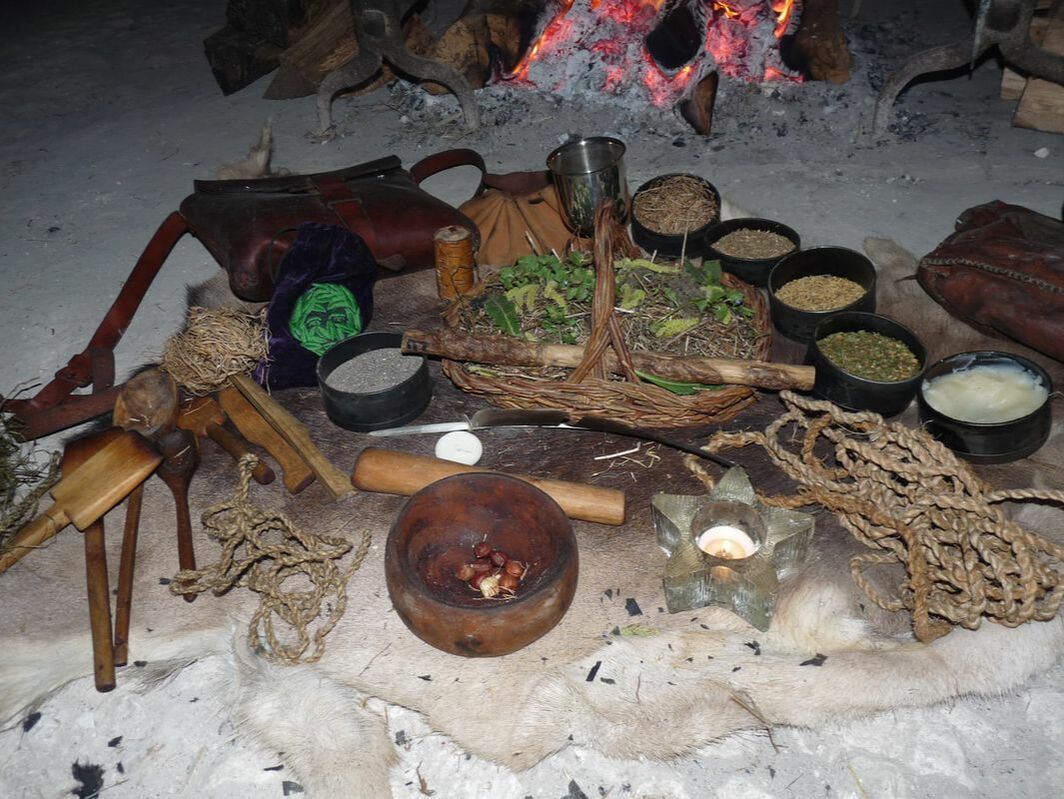
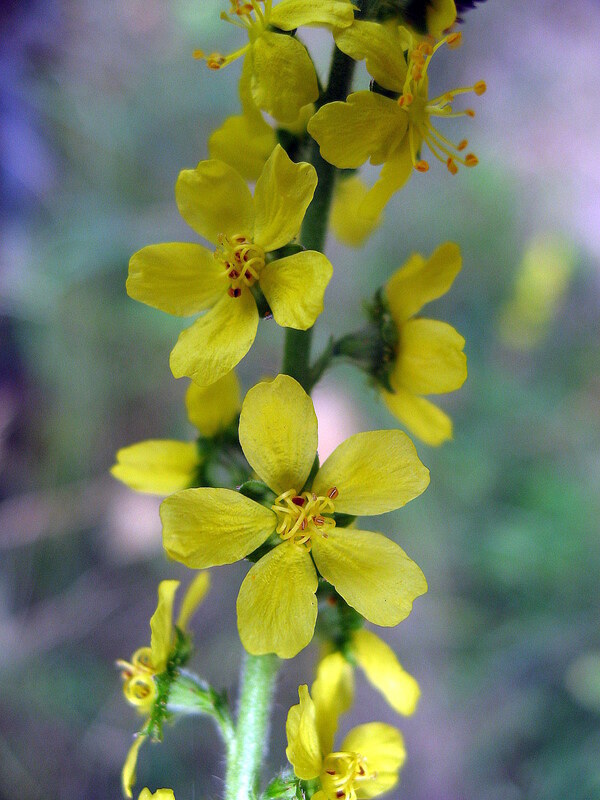
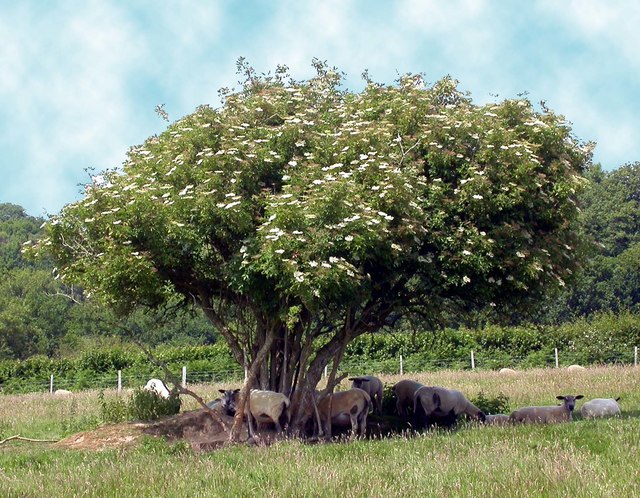
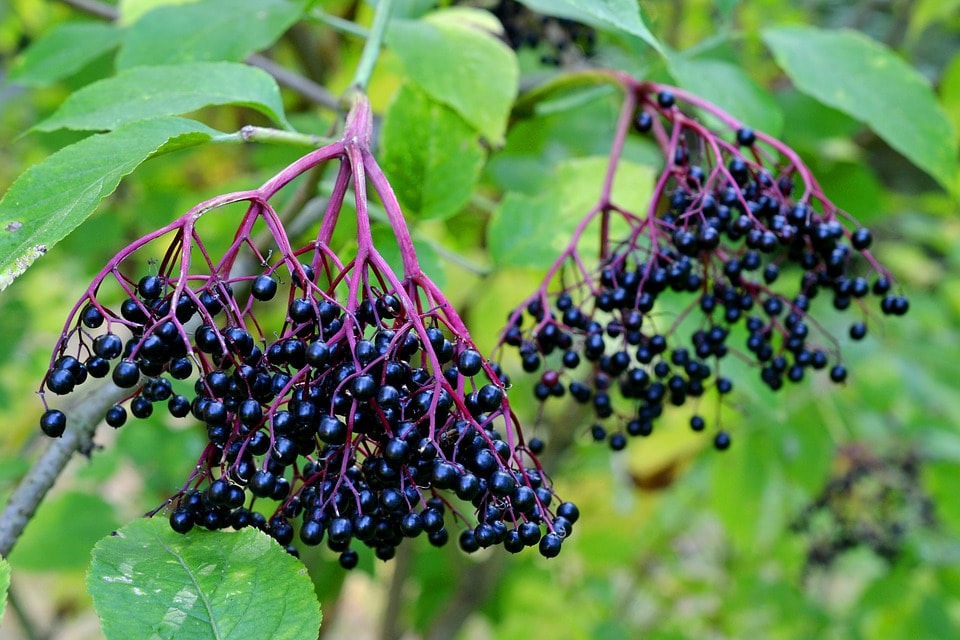
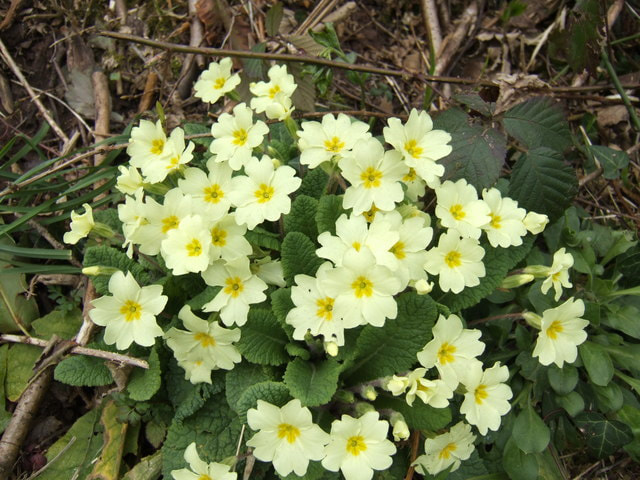
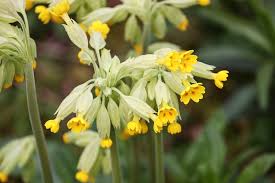
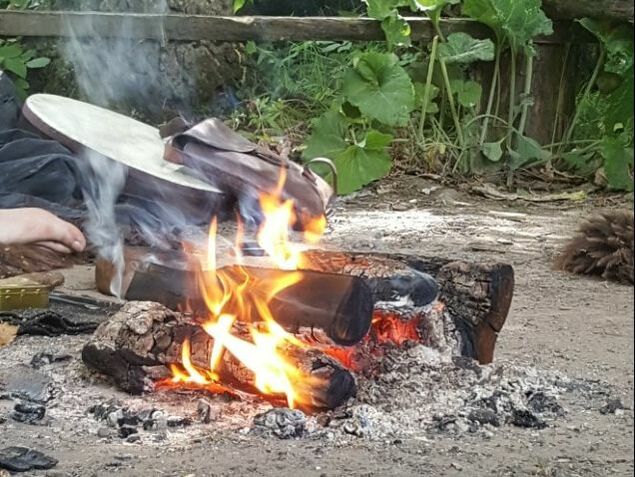
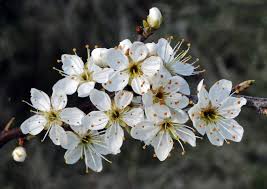
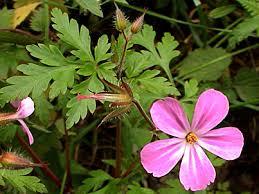
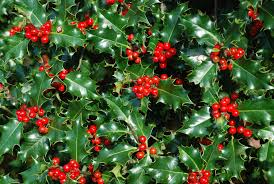

 RSS Feed
RSS Feed
